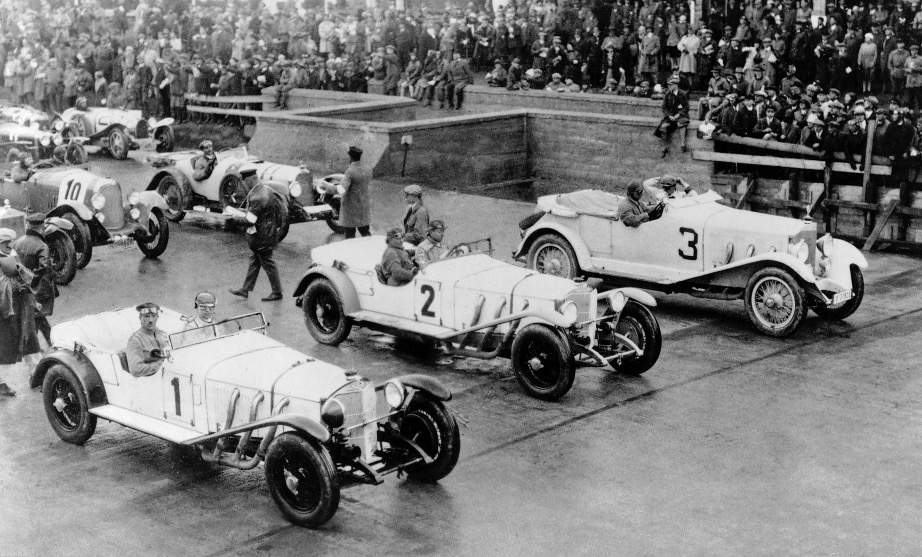
Give someone a “white elephant” and they may laugh at the humor of the gifting of something that not only is useless, but perhaps even lacking in tastefulness. But 90 years ago, if you were offered a “White Elephant” from Mercedes-Benz, you were able to enjoy the dominating sports car of the era.
It was June 19, 1927 when Rudolf Caracciola steered Mercedes’ new Model S — the S short for Sport — to victory in the inaugural race for sports cars at Germany’s brand-new Nurburgring. Adolf Rosenberger finished second another Model S in a race that used both the Nordschleife (North Loop) and Sudschleife (South Loop) of the original roadways.

“In the years that followed, the supercharged sports cars from the famous Stuttgart car maker dominated the racing world throughout Europe with the models S, SS, SSK and SSKL,” Mercedes noted in a news release celebrating the anniversary.”
Because these Mercedes racers wore white, the color assigned to motorcars from Germany that raced internationally, and because the cars were large and powerful, they were nicknamed the “White Elephants.”
The Model S was developed off Mercedes’ Model K, a supercharged car very successful in motorsports competition. But while retaining much of that car’s powertrain, the version in the Model S displaced 414 cubic inches and provided more power — 180 in the S vs. 160 horsepower in the boosted K. The car also was significantly (507 pounds) lighter, and was built on an improved and lowered chassis. Handling was enhanced by moving the engine closer to the cowl.
After their debut at the Nurburgring, the cars won their class in the Baden-Baden Automobile Tournament, the Batschari Challenge and the race from Ettlingen to Rastatt before sweeping the podium positions at the German Grand Prix back at the Nurburgring.
More victories followed, not only on typical sports car circuits but in hill climbs as well. Winning drivers included Ernes Merck, a female driver who finished third in the sports car class in a race against men, and won the “ladies’ prize” in the Klausenpass competition.
“Caracciola’s victory in an SSKL in the 1931 Mille Miglia race is acknowledged to be a particularly special triumph,” Mercedes noted. “He was the first winner of the thousand-mile race through Italy who was not an Italian.”
In addition to the White Elephant racers, Mercedes produced road-going versions as four-seat open touring cars and as cabriolets. Coachbuilders such as Erdmann and Rossi, Freestone and Webb, Papler, Saoutchik, van den Plas and Zeitz fitted their bodies over Model S chassis.
As early as 1928, Mercedes rolled out replacements for the S passenger cars with successor SS and SSK models.









